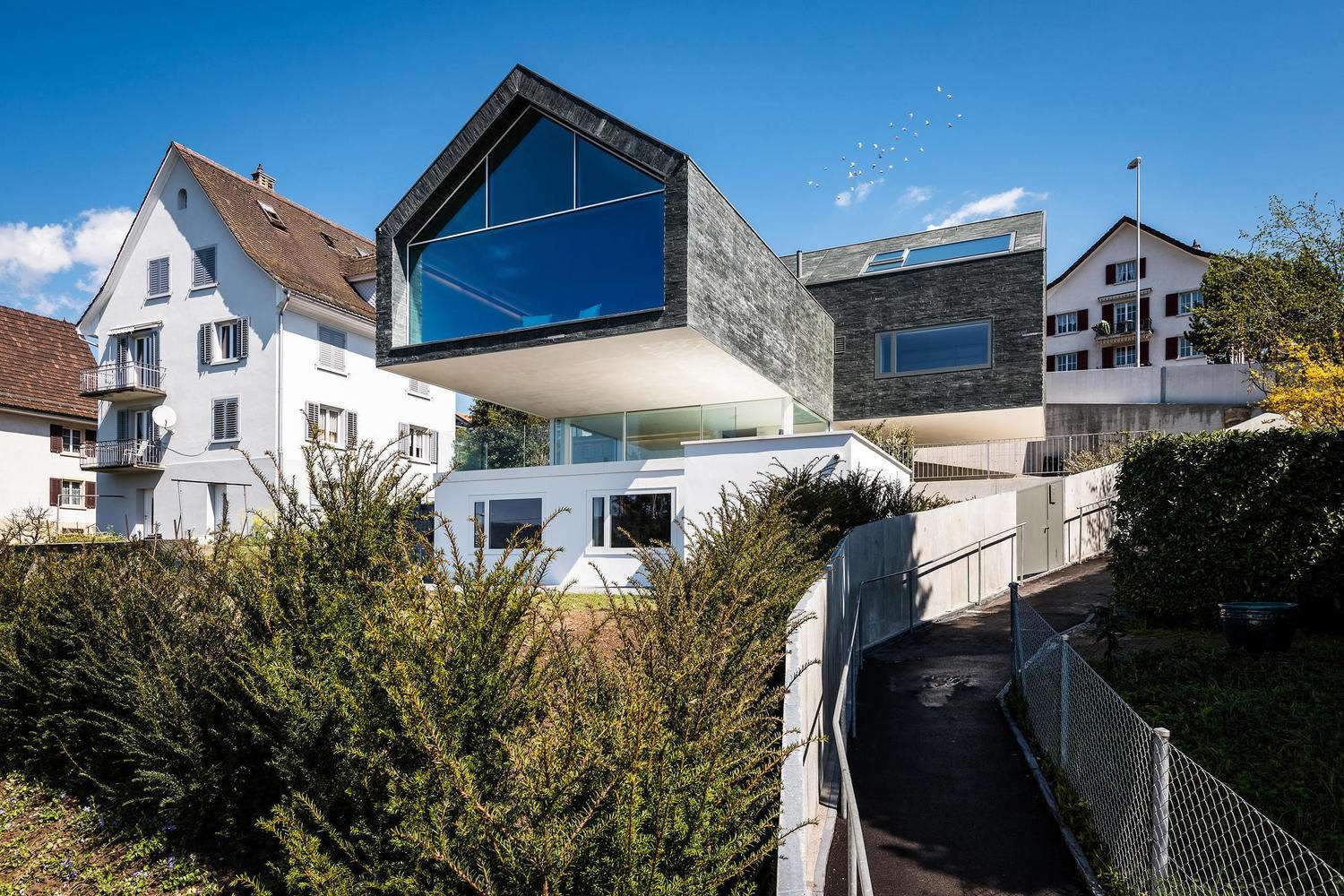The urban fabric of Al-Ahsa stands as a testament to the harmonious blend of urban and rural elements, shaping a unique landscape that guides current urban planning and development strategies. This region, marked by its dense urban form interspersed with lush oasis landscapes, provides a unique case study in balancing growth with preservation, illustrating the potential for sustainable urban development rooted in historical and environmental consciousness.
The Dense Urban Form
Al-Ahsa’s urban areas are characterized by their dense form, where buildings are closely knit, creating a maze of narrow streets and alleyways. This density is not merely a result of historical accident but a deliberate adaptation to the region’s climatic conditions, offering shade and reducing the heat absorbed by buildings and streets. The compact urban form has fostered a strong sense of community and social cohesion among its inhabitants, aspects that modern urban planning seeks to preserve amidst growth and expansion.
Blend of Urban and Rural Elements
One of the most distinctive features of Al-Ahsa’s urban fabric is the seamless integration of urban structures with the rural oasis landscape. This integration is not only physical but also cultural, with the oasis providing both a livelihood and a green lung for the urban population. The agricultural practices within the oasis are a vital component of the region’s identity and economy, with date palm cultivation standing as a symbol of Al-Ahsa’s heritage. Modern urban development strategies in Al-Ahsa are increasingly focused on preserving these green spaces, recognizing their role in enhancing urban livability and sustainability.
Influence on Urban Planning and Development
The unique urban and rural mix of Al-Ahsa influences contemporary urban planning and development strategies in several ways:
- Sustainability: There’s an emphasis on sustainable development that respects the natural environment, leveraging green spaces not just for agriculture but also for recreational and ecological purposes.
- Preservation of Heritage: Urban development incorporates measures to preserve the historical and cultural identity of Al-Ahsa. Thus, ensuring that new constructions harmonize with the traditional architectural styles and urban patterns.
- Adaptation to Climate: Modern buildings and infrastructure projects are designed with a keen awareness of the region’s climatic challenges, adopting features that promote natural ventilation, shade, and energy efficiency.
Challenges and Opportunities
As Al-Ahsa navigates the path of modernization and expansion, it faces the challenge of balancing development with preservation. The need to accommodate urban growth while maintaining the integrity of the oasis landscapes and the traditional urban fabric requires innovative planning and development approaches. There lies an opportunity in leveraging technology and modern architectural practices to enhance the sustainability and resilience of Al-Ahsa’s urban environment, making it a model for future developments in similar contexts.
Conclusion
The urban fabric of Al-Ahsa, with its intricate blend of tradition and modernity, offers invaluable insights into sustainable urban development. By respecting its unique environmental and cultural heritage, Al-Ahsa can continue to evolve as a vibrant, sustainable, and livable urban area that stands as a beacon for future generations. The challenge for urban planners and developers is to craft strategies that respect this heritage. While embracing the opportunities of the modern world. Thus, ensuring Al-Ahsa remains a place where tradition and progress walk hand in hand.
image source: 365 Adventures
Finally, find out more on ArchUp:







